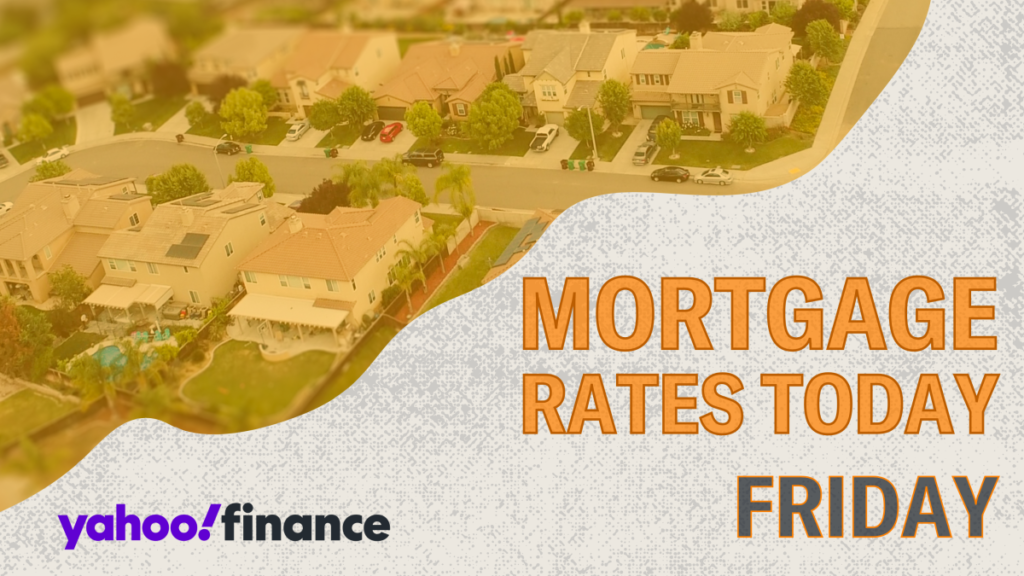Mortgage rates have recently experienced a decline for the second consecutive week, offering potential homebuyers a moment of relief in an otherwise volatile market. According to Freddie Mac, the 30-year fixed mortgage rate has fallen by 12 basis points to 6.69%, while the 15-year fixed rate has dipped by 14 basis points to 5.96%. Despite these reductions, the consensus among experts is that mortgage interest rates are unlikely to plummet in the coming months. The current climate of reduced demand often seen in winter months presents a somewhat favorable opportunity for prospective buyers to enter the market. This trend raises a pertinent question: when can buyers expect mortgage rates to decrease further, particularly in 2024 and 2025?
The current national average mortgage rates, as reported by Zillow, include a 30-year fixed rate of 6.29%, a 20-year fixed rate at 6.05%, and a 15-year fixed rate of 5.65%. Adjustable-rate mortgages also show competitive rates, with the 5/1 ARM at 6.51% and the 7/1 ARM at 6.42%. For veterans, the 30-year VA mortgage stands at 5.73%, and the 15-year VA rate is at 5.39%. These figures are national averages and assist both lenders and borrowers in gauging current market conditions. Moreover, these lower rates provide an incentive for buyers to explore homeownership, particularly when compared to refinance rates, which can frequently be higher.
When considering refinancing options, the current mortgage refinance rates, as listed by Zillow, indicate that the 30-year fixed rate is averaging 6.38%, with the 15-year fixed rate at 5.78%. Rates for 5/1 and 7/1 ARMs show slight variances, primarily depending on the borrower’s financial situation and the lender’s policies. It is essential to note that while refinance rates can be higher than initial purchase rates, they do fluctuate and should be compared thoroughly before making a decision. For potential refinancers, several options are available to explore, which are beneficial for understanding current affordability and financial strategy.
Individuals interested in better understanding their mortgage payments can utilize online mortgage calculators, such as the one offered by Yahoo Finance. These calculators not only allow users to see how varying mortgage rates and loan terms impact monthly payments but also factor in additional costs like homeowners insurance and property taxes. The simplification of this complex information equips potential homeowners with a more accurate idea of monthly payment expectations, positioning them to make informed financial decisions concerning home purchases.
In the context of mortgage types, understanding the two primary options—fixed-rate and adjustable-rate mortgages (ARMs)—is crucial. A fixed-rate mortgage locks in an interest rate for the entirety of the loan term, offering predictability and typically resulting in higher payment amounts. Conversely, ARMs offer lower initial rates for a fixed period (e.g., 5 or 7 years) but may adjust afterward based on market conditions. The choice depends on the borrower’s long-term plans and financial situation, including readiness to handle fluctuating payments in the future. As such, comparisons among different mortgage types and lenders can reveal the best fit for each individual’s circumstances.
Despite the recent dips in mortgage rates, broader trends indicate that rates may not see significant declines in the immediate future. Financial forecasts from entities like Fannie Mae and the Mortgage Bankers Association project that the average 30-year fixed mortgage rate could end 2024 around 6.60%. However, there remains a possibility of a decline in rates by 2025, which would be influenced by various economic factors, including the outcomes of the upcoming presidential election and Federal Reserve policy changes. The uncertainty surrounding the market necessitates ongoing observation and flexibility from potential buyers and homeowners seeking refinancing options. The evolving economic landscape and its implications for mortgage rates require vigilance and adaptability from all stakeholders in the housing market.

